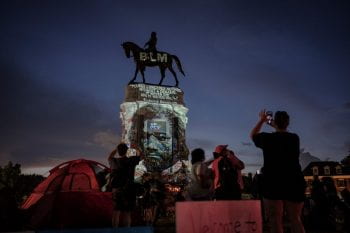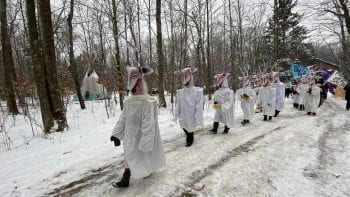What should we do with unwanted American monuments? Our answer will hinge on the social and historical contexts surrounding the monument and on the ideological stances of those involved in the debate – who doesn’t want them, who does, and why? In the summer of 2020, this question became unavoidable as millions of Americans called for the removal, destruction, recontextualization, or preservation of Confederate and colonial monuments across the United States.1 In […]
The American Monument in 2020

